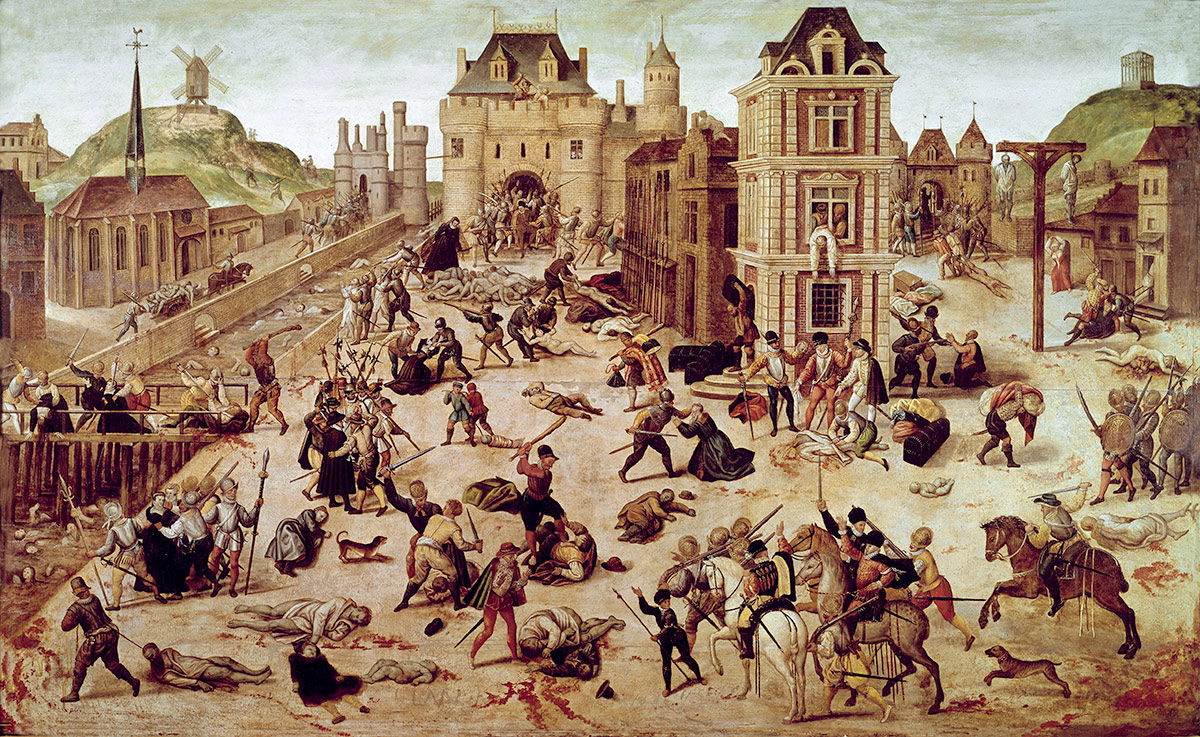
War, Law and Massacre
The conflicts that devastated Renaissance Europe were justified by ancient ideas rooted in natural law and Christianity. Though replaced by legal frameworks for the conduct of war between states, the killing continues.
The ambassador from the dukedom of Ferrara to the republic of Florence described the mass murder of civilians at the neighbouring town of Prato in a letter dated 30 August 1512:
I advise you of the capture of Prato, which was taken yesterday by force of battle. These Spaniards made such a massacre and butchery the like of which I have never seen, so that all the streets, houses, and churches themselves were full of the dead, and all of the women have fled to some monasteries and churches where the most miserable laments and pleas that it is possible could be heard. The whole place is put to the sack. I have stayed [here] eight days and neither my stomach nor my spirit is good on account of what I have seen and heard. I would very willingly not stay here...
In a hastily scrawled postscript he added: ‘The [Spanish] viceroy [Rámon de Cardona] appeared today with all of the army in Prato where they will be for two days because the infantry digests its sack. Oh God! Oh God! Oh God, what cruelty!’





